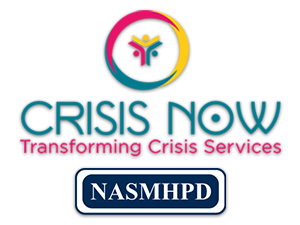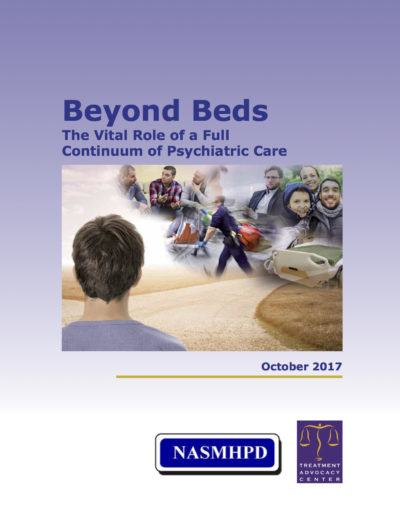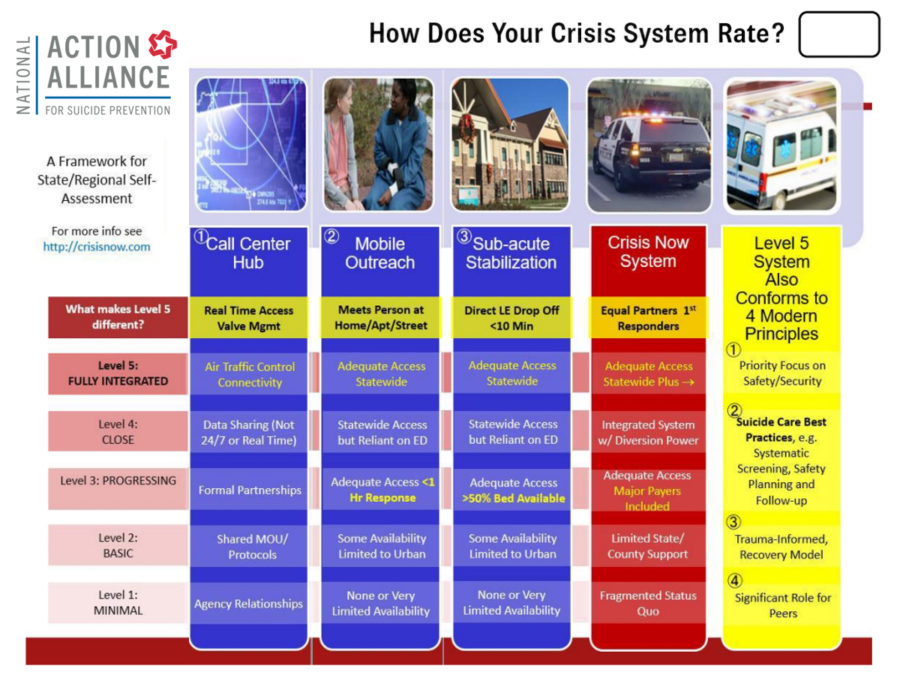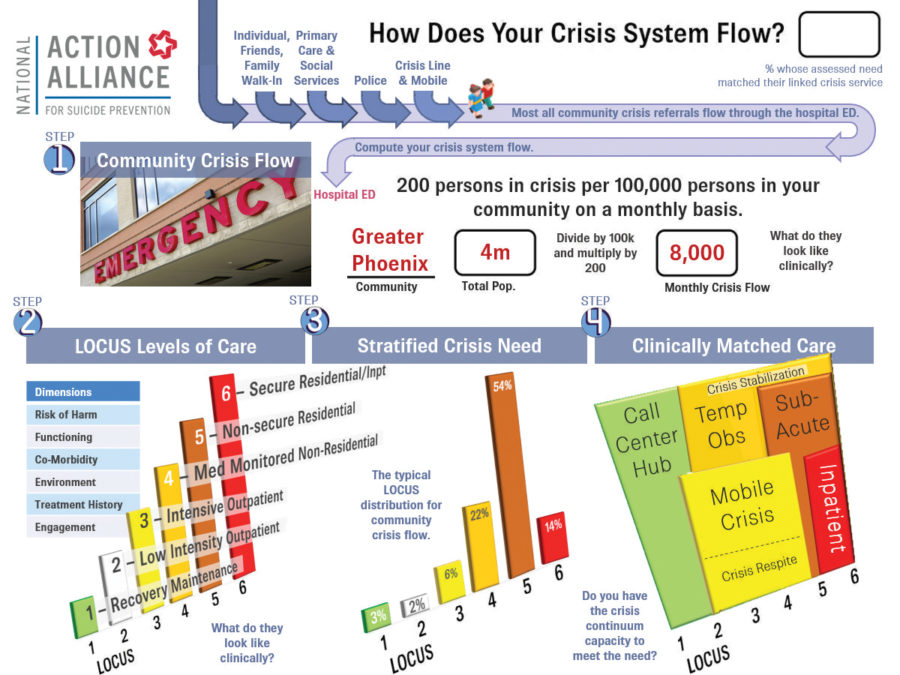These programs use technology for real-time coordination across a system of care and leverage big data for performance improvement and accountability across systems. At the same time, they provide high-touch support to individuals and families in crisis.
Breaking News
Latest Recommendation
The Challenge
EDs Face Challenges Addressing Behavioral Emergencies
Four Core Elements For Transforming Crisis Services
High-Tech Crisis
Call Centers
24/7 Mobile
Crisis
Crisis Stabilization
Programs
Essential
Principles & Practices
National Association of State Mental Health Program Directors
(NASMHPD)
Technical Assistance Coalition Assessment Working Papers
The Crisis Now Impact
Crisis Now saves time and operating costs by improving access to care.
Transforming services is within our reach
Recommendation 1:
Effective Crisis Care Must Be Comprehensive and Include The Core Elements of Crisis Care
- Regional or statewide crisis call centers coordinating in real time
- Centrally deployed, 24/7 mobile crisis
- Short-term sub-acute residential crisis stabilization programs
- Essential crisis care principles and practices
-
Recovery orientation
- Trauma-informed Care
- Significant Use of peer staff
- Commitment to Zero suicide/Suicide Safer Care
- Strong commitment to safety of consumers and staff
- Collaboration with law enforcement
Recommendation 2:
Crisis Call Services Should Participate in and Meet the Standards of the National Suicide Prevention Lifeline, and crisis Intervention Systems Should Adopt and Implement Zero Suicide/Suicide Safer Care Across all Program Elements
- Leadership-driven, safety-oriented culture committed to dramatically reducing suicide among people under care, which includes survivors of suicide attempts and suicide loss in leadership and planning roles
- Develop a competent, confident and caring work force
- Systematically identify and assess suicide risk among people receiving care
- Ensure every individual has a pathway to care that is both timely and adequate to meet his or her needs and that includes collaborative safety planning and reducing access to lethal means. Use effective, evidence-based treatments that directly target suicidal thoughts and behaviors
- Provide continuous contact and support, especially after acute care
- Apply a data-driven quality improvement approach to inform system changes that will lead to improved patient outcomes and better care for those at risk
Recommendation 3:
State and National Authorities Should Review the Core Elements of Air Traffic Control Qualified Crisis Systems, Apply them to Crisis Care in their Jurisdictions, and Commit to Achieving These Capabilities Within 5 Years, So That Each Region of the U.S. has a Qualified Hub for Crisis Care:
Link mobile crisis and crisis beds to the call center. Use air traffic control objectives:
-
-
- Always know where the individual in crisis is (in time and space) and never lose contact
- Verify the hand-off has occurred and the individual in crisis is safely in the hands of another provider
-
Status Disposition for Intensive Referrals
-
-
- 24/7 Outpatient Scheduling
- Shared Bed Inventory Tracking
- High-tech GPS-enabled Mobile Crisis Dispatch
- Real-time Performance Outcome Dashboards
-
For additional information about the Crisis Now recommendations download the full report:
For additional crisis readiness strategies and documents check out the Crisis Now Library:
Watch The Videos
The Retreat Model is Today
Transforming Crisis Services in Arizona
Air Traffic Control Model
Crisis Providers Improve Care, Reduce Cost, And Relieve ER Overload
Good crisis care reduces and prevents suicides while providing more immediate and targeted help for the person in distress. In addition, it cuts cost of care substantially by reducing the need for psychiatric hospital bed usage, emergency department visits, and law enforcement overuse. In general, mental health crisis care in the U.S. is inconsistent and inadequate. Members of the Crisis Services Task Force of the National Action Alliance for Suicide Prevention (Action Alliance) created the Crisis Now concept and authored the Crisis Now paper; identifying the exceptional practices desired in a crisis services.




